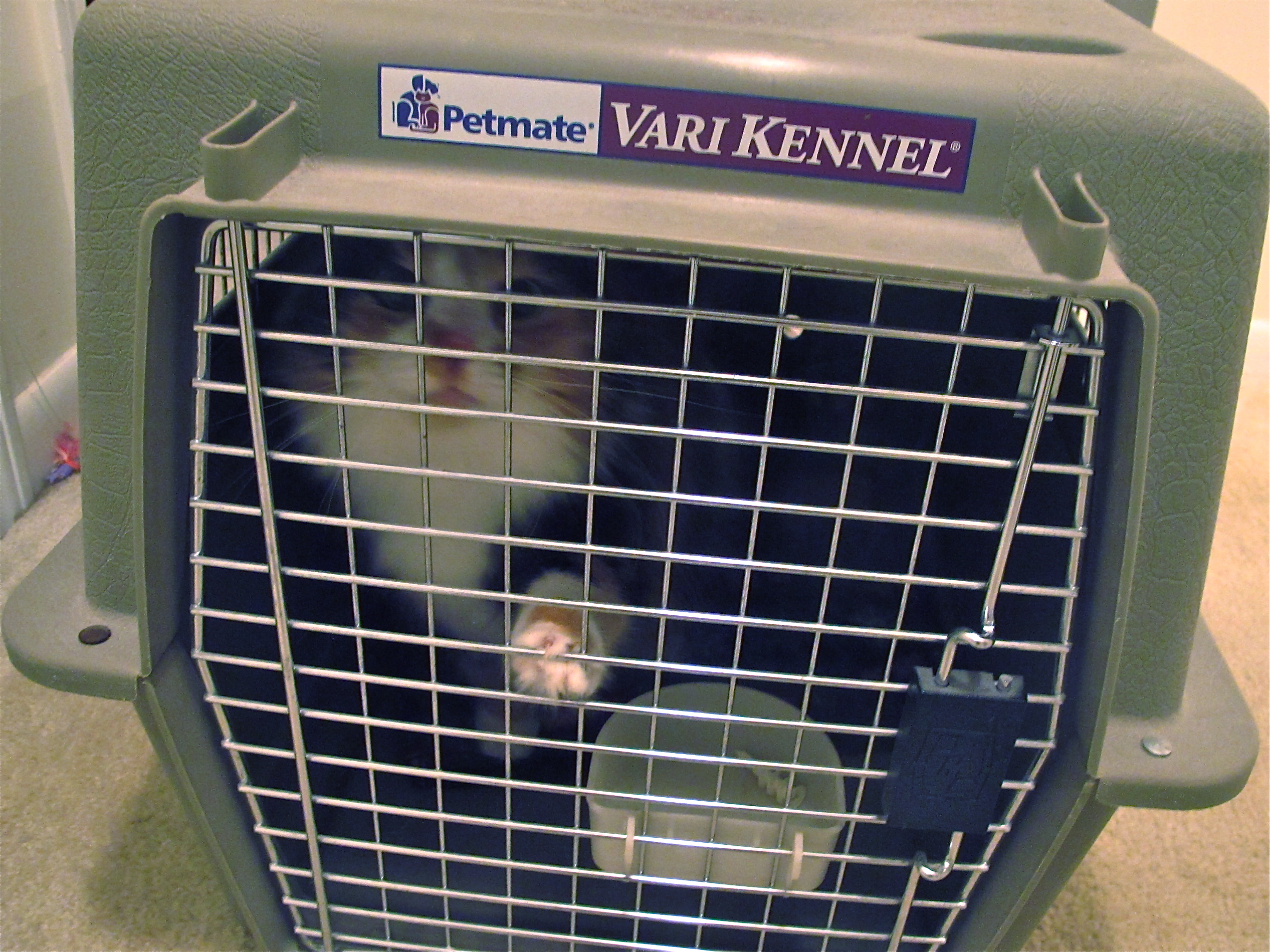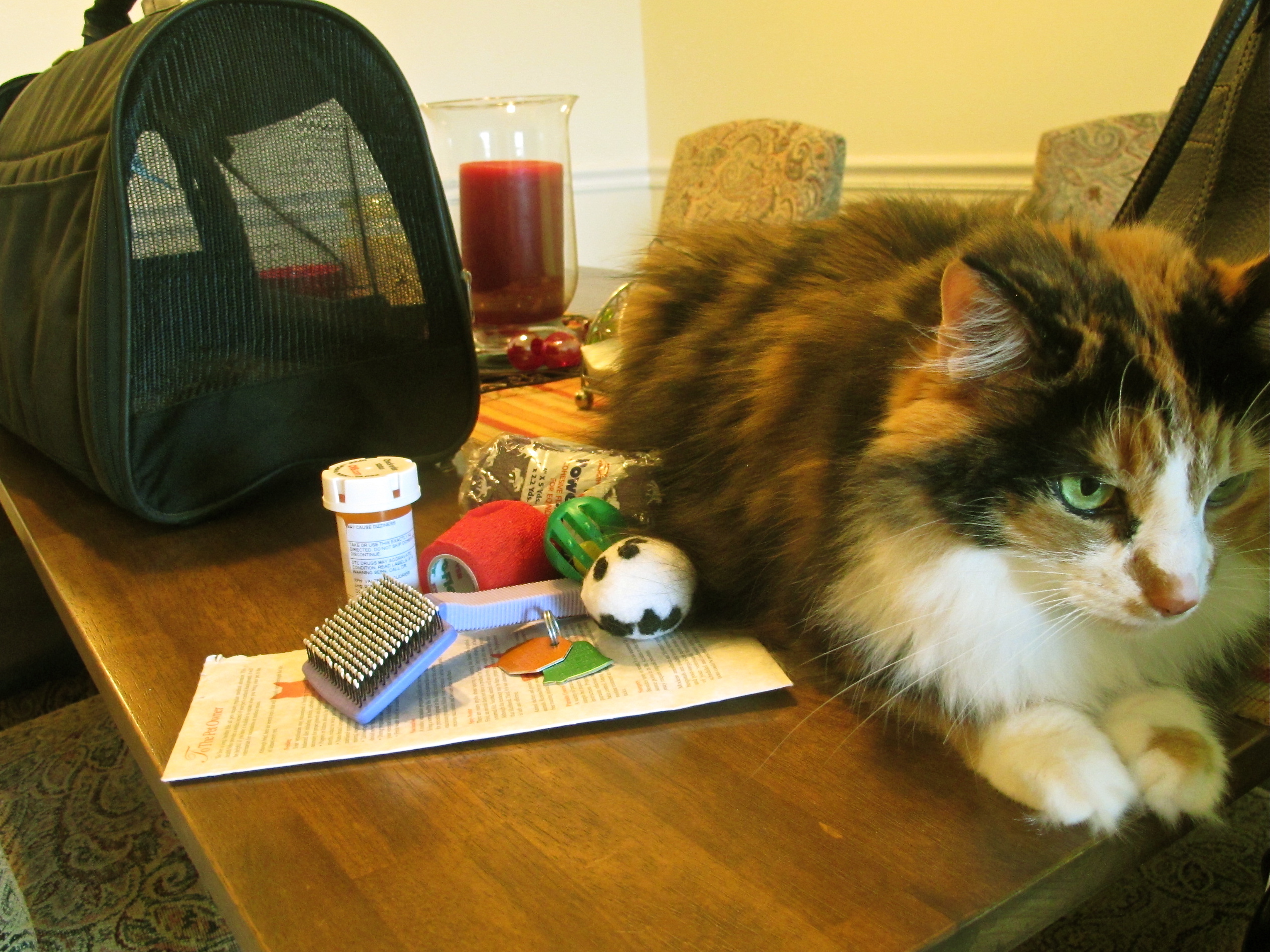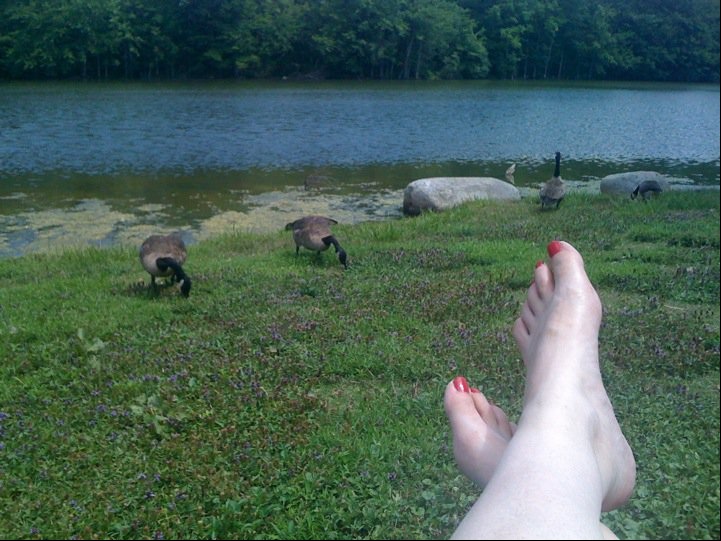Are you:
- Busy?
- A food lover?
- Always looking for some new, easy, & (somewhat) nutritious recipes?
I always love finding new recipes to try out, & they score bonus points if they’re even vaguely healthy! Here are three tried & tested options that I thought I’d share with you this week:
Cumin Cilantro Corn-On-The-Cob











Follow Me!